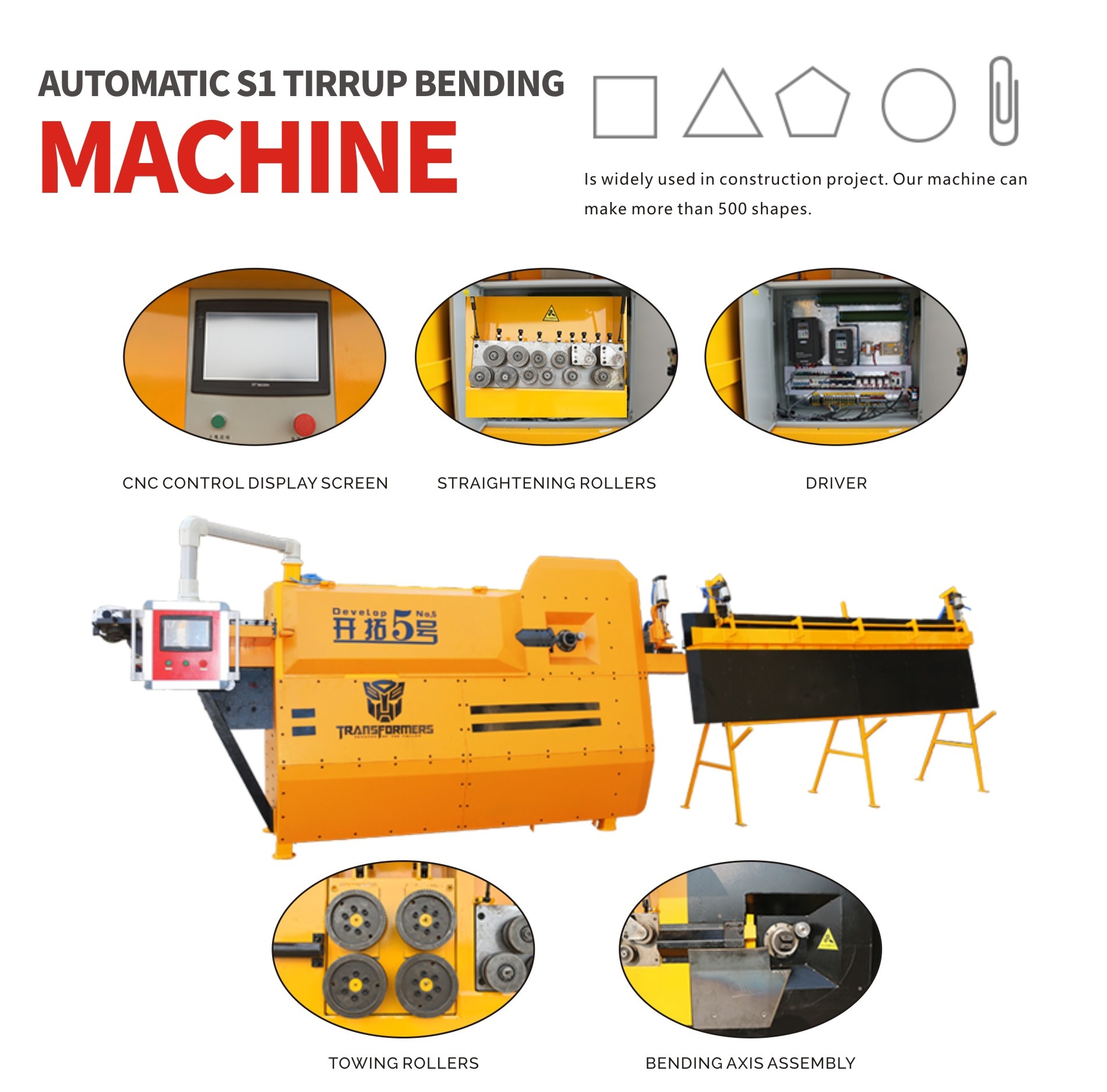


First, a mixed-integer linear mathematical programming problem is defined in order to optimize shunting operations to be performed on the considered network by satisfying certain arrivals and departures of import and export flows. This paper proposes an optimization approach for sizing port rail networks and planning railway shunting operations by adopting a discrete-time model of the overall system. The simulation results show that the model developed here is very successful in significantly reducing unproductive times and moves (undesirable situations) and it outperforms other existing simulation models based on the current organizational policy. The proposed simulation model is based on two planner agents, to each of which a time-horizon planning is assigned. This strategy is inspired by the ant colony approach and it is governed by a new configuration for the rail yard’s working area that eliminates the use of reach stackers. For the sake of minimizing the occurrence of these undesirable situations, this paper proposes a multi-agent simulation model including an improving strategy for crane scheduling. However, this policy causes poor scheduling of crane moves, because it gives rise to many crane interference situations. In the current organizational policy, this yard is divided into two equal operating areas, and in each one a crane is placed, additionally it is equipped with reach stackers to enable container moves across both operating areas. This paper focuses on the rail-rail transshipment yard of this new terminal. Le Havre Port Authority is putting into service a multimodal hub terminal with massified hinterland links (trains and barges) in order to restrict the intensive use of roads, to achieve a more attractive massification share of hinterland transportation and to provide a river connection to its maritime terminals that do not currently have one. The typical features of, and performance differences between, conventional road-rail terminals, shunting yards, and new-generation terminal operations are presented in this article. To reach this objective, dynamic simulation models were built in ARENA. The goal of our research is to obtain a thorough understanding of the operations and to compare performances of different exchange facilities. We still know very little about exchange operations at new-generation terminals and the differences from conventional road-rail terminals and shunting yards. Explorative evaluation studies give rise to the expectation that these new-generation terminals-under certain conditions-might perform more efficiently than conventional shunting yards and road-rail terminals. At these terminals, standardized load units are transshipped efficiently from one train to another, instead of shunting rail wagons.

A new type of terminal, specifically designed for hubs in hub-and-spoke networks, has been suggested for introduction. Shunting or transshipment is relatively time-consuming and cuts back on the advantages of hub-and-spoke networks. Trains are shunted or load units transshipped at the hubs in these networks. In Europe, three intermodal hub-and-spoke networks became operational in the 1990s. Hub-and-spoke bundling networks in intermodal rail freight transport are suggested as a potential solution to help increase the intermodal rail market share.


 0 kommentar(er)
0 kommentar(er)
